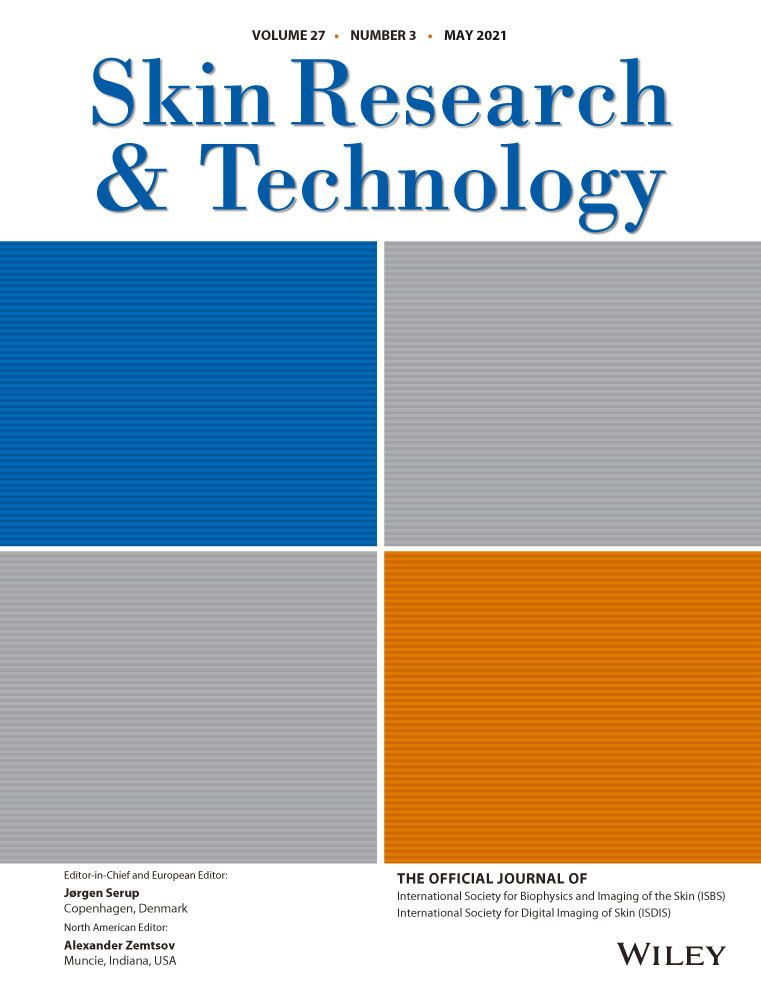Skin tags imaged by reflectance confocal microscopy, optical coherence tomography and multispectral optoacoustic tomography at the bedside
Abstract
Background
Skin tags are common and mostly benign, but occasionally contain skin cancers. This study analysed skin tags by combining three advanced optical imaging technologies: reflectance confocal microscopy (RCM), optical coherence tomography (OCT) and multispectral optoacoustic imaging (MSOT) supplemented by dermoscopy
Materials and methods
A prospective clinical study recruiting patients with skin tags from a university hospital clinic over a 2-week period. OCT, RCM and MSOT imaging were performed prior to excisional biopsies. Image features such as pigmentation, cell types and skin architecture, angiographic information demonstrating vascular pattern were captured, analysed, and compared to melanin and haemoglobin content in MSOT as well as histopathology.
Results
Six patients with dermal naevi (2); compound naevi (3); neurofibroma (1) were included. All skin tags except the neurofibroma were pigmented (5/6), with sparse (5/6) and dense (4/6) hyperreflective nests and band-like collagen in dermis in 6/6 lesions on RCM. Dermoscopy showed dots (5/6) and coiled vessels (5/6). Linear vertical vessels were present in all OCT images. MSOT images consisted of a compact shell-like superficial melanin area, same shape and size as the skin tag, dermal vessels were visible in 4/5 naevi, HbO2 signal clearly demarcated blood vessels located below the melanin signal.
Conclusion
OCT showed linear vessels in all lesions. Pigmentation was identified by RCM as benign nests of melanocytes. MSOT supplemented with spatial distribution of melanin and HbO2 that indicated all skin tags were benign with no infiltration of vessels inside the melanin signal. Each advanced method proved indispensable for fast diagnosis. Larger studies are warranted for validation.
CONFLICT OF INTEREST
Yi Qiu is an employee at iThera. She did the MSOT image reconstructions and provided Figure 2 material. She did not participate in study design or interpretation and analysis of images. Otherwise none declared.




